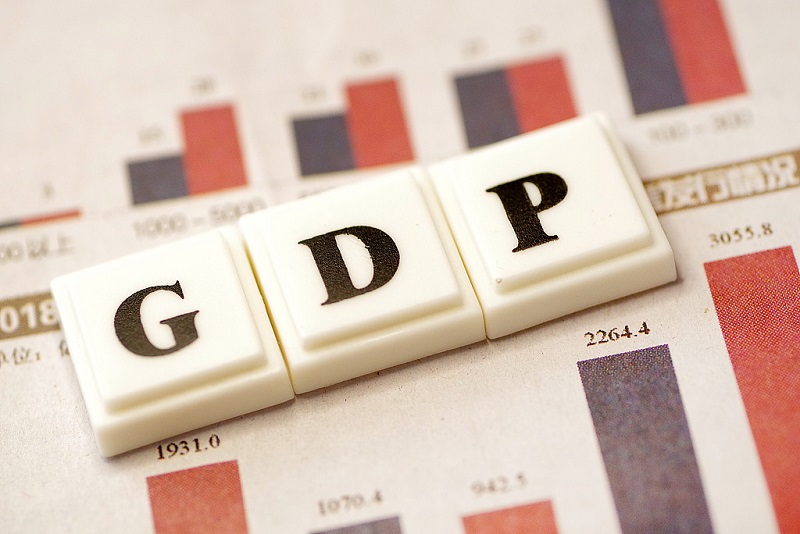China's National Bureau of Statistics (NBS) announced Monday that China's GDP was 90.03 trillion yuan ($13.26 trillion) in 2018, posting a 6.6 percent growth rate for the year. China's GDP has reached 90 trillion yuan for the first time, but 6.6 percent is the lowest annual growth rate since 1990.

File photo: VCG
Foreign media stressed that "China's economy slumps to 28 year low" and China's economy faces downward pressure. Although these are the facts, people will misread China's economy if they only focus on the lowest growth rate.
When China's GDP growth rate was more than 10 percent a few years ago, people talked about controlling the growth as it was highly extensive and dependent on exports. At that time, the environmental cost was high for China and the wealth created couldn't improve people's livelihood to the full. By 2014, more than half of the world's concrete reinforcing bars, cement and coal was made in China. The country urgently needed to transform.
The lowest growth rate does not indicate that China's economy is facing a crisis. Instead it's a process of resolving tough problems, controlling serious risks and finally realizing a soft landing. China adjusted its economy and maintained medium-to-high-speed growth, showing resilience as the world's second largest economy.
World public opinion mentioned that when facing downward pressure, China ruled out a flood of stimuli such as the 4-trillion yuan infrastructure investment of a decade ago. This is because the Chinese government is confident in the country's economic fundamentals and China's economic structure has changed greatly in the past decade. In 2018, China had more moderate policies to stimulate its economy.
If China's governance were the same as the US and Europe's, the country would experience an economic crisis after decades of rapid development, just like the US suffered in 1929. This is why some Western people have agitated for a "China collapse theory." But China's systematic advantage helps the country to mitigate risks, resolve problems and progress.
This is not sophistry, but an actual fact of the Chinese economy. The country's infrastructure is people-oriented. Food security, education, medical treatment and other areas involving people's livelihoods are becoming the directions for investment.
The China-US trade war in 2018 obviously had negative effects on China's economy, but the effects would be much more serious if this had happened 10 years ago. China today can bear the consequences of the trade war. It would be nice if the two countries could ease trade tensions, but China can also get by if they fail.
Although the growth rate decreased to 6.6 percent, China has basically made its medium-to-high growth sustainable. Such a speed helps China keep expanding its comprehensive strength, including technological progress which serves to raise the quality of development. It also ensures that people's livelihoods are improving and the environment is being protected.
But we believe that China's economy and future are promising. Some Chinese and foreign analysts don't really understand China. Their pessimistic forecasts deviate from China's reality. People shouldn't believe these views blindly.


